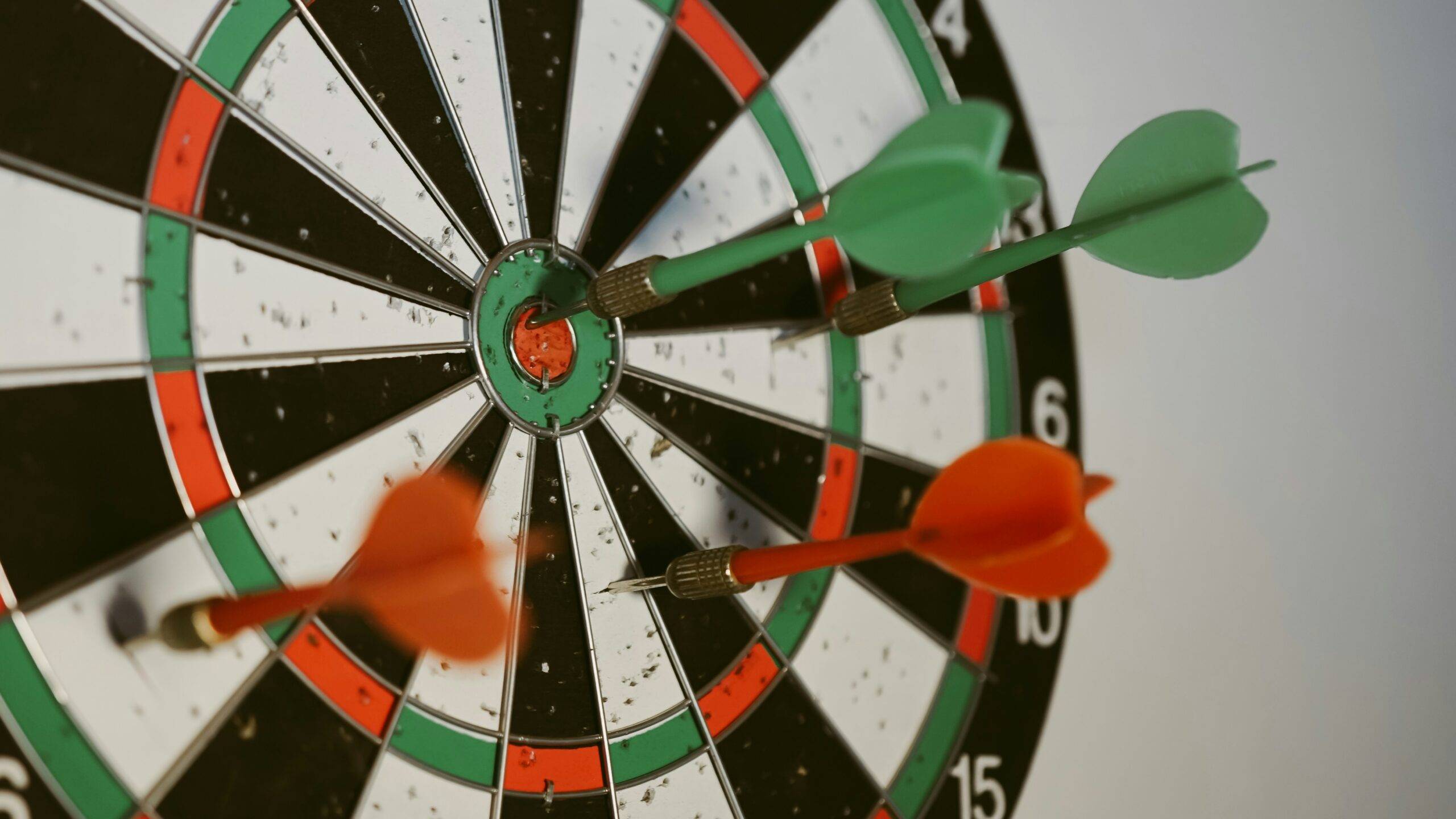
What are the 4 Dimensions of Mindfulness?
Mindfulness, a practice rooted in ancient traditions, has found its way into modern life as a powerful tool for enhancing well-being. But what exactly are the dimensions that make up mindfulness? Let’s dive into the four key dimensions of mindfulness and how they can transform your life.
What is Mindfulness?
Mindfulness is the practice of being fully present and engaged in the current moment without judgment. Originating from Buddhist traditions, it has been embraced globally for its mental and physical health benefits. Practicing mindfulness can lead to reduced stress, improved emotional regulation, and increased overall happiness.
The Four Dimensions of Mindfulness
Understanding mindfulness can be broken down into four key dimensions: body awareness, emotional regulation, focused attention, and self-compassion. These dimensions work together to create a holistic approach to mindfulness.
Dimension 1: Body Awareness
Understanding Body Awareness
Body awareness is the ability to tune into the physical sensations in your body. This means paying attention to how your body feels, noticing any areas of tension, and being aware of your physical presence.
Techniques to Improve Body Awareness
- Body Scan Meditation: This involves mentally scanning your body from head to toe, noticing any sensations without trying to change them.
- Yoga and Mindful Movement: Engaging in yoga or other mindful movements can enhance your connection with your body.
Benefits of Body Awareness
By improving body awareness, you can catch early signs of stress and tension, allowing you to address them before they escalate. This dimension helps in grounding yourself in the present moment.
Dimension 2: Emotional Regulation
Understanding Emotional Regulation
Emotional regulation refers to the ability to manage and respond to your emotions in a healthy way. It’s about observing your emotions without letting them control your actions.
Techniques to Enhance Emotional Regulation
- Observing Emotions Without Judgment: Acknowledge your feelings without labeling them as good or bad.
- Mindful Breathing Exercises: Deep, intentional breathing can help you stay calm and centered.
Benefits of Emotional Regulation
Improving emotional regulation can lead to better relationships, less stress, and a more balanced emotional life. It allows you to respond to situations thoughtfully rather than react impulsively.
Dimension 3: Focused Attention
Understanding Focused Attention
Focused attention is the ability to concentrate on a single task or thought without getting distracted. This dimension is crucial for productivity and mental clarity.
Techniques to Improve Focused Attention
- Mindfulness Meditation: Regular meditation can enhance your ability to focus.
- Single-Tasking Practices: Instead of multitasking, focus on completing one task at a time.
Benefits of Focused Attention
Enhanced focused attention can improve your efficiency, reduce errors, and help you enjoy your tasks more by being fully present in the moment.
Dimension 4: Self-Compassion
Understanding Self-Compassion
Self-compassion involves treating yourself with the same kindness and understanding as you would offer a friend. It’s about being gentle with yourself, especially during times of failure or suffering.
Techniques to Cultivate Self-Compassion
- Loving-Kindness Meditation: This meditation practice involves sending kind thoughts to yourself and others.
- Positive Self-Talk: Replace self-critical thoughts with encouraging and compassionate ones.
Benefits of Self-Compassion
Cultivating self-compassion can lead to increased resilience, reduced self-criticism, and greater overall happiness. It helps you bounce back from setbacks with a positive outlook.
Integrating the Dimensions into Daily Life
Incorporating these dimensions into your daily life doesn’t have to be complicated. Here are some practical tips:
- Start your day with a few minutes of mindful breathing.
- Take mindful breaks during work to stretch and check in with your body.
- Practice observing your emotions throughout the day without reacting immediately.
- End your day with a brief meditation focusing on self-compassion.
Challenges in Practicing Mindfulness
Practicing mindfulness consistently can be challenging. Common obstacles include a busy schedule, difficulty focusing, and impatience. The key is to start small and gradually build up your practice. Remember, mindfulness is a journey, not a destination.
Mindfulness in Different Contexts
Mindfulness in the Workplace
Implementing mindfulness at work can enhance productivity and reduce stress. Techniques like mindful meetings and mindful breaks can make a significant difference.
Mindfulness in Relationships
Mindfulness can improve communication and empathy in relationships. Being fully present with your loved ones can strengthen your connections.
Mindfulness in Education
Students can benefit from mindfulness through improved focus and reduced anxiety. Schools are increasingly incorporating mindfulness programs to support student well-being.
Conclusion
Mindfulness is a multifaceted practice that encompasses body awareness, emotional regulation, focused attention, and self-compassion. By integrating these dimensions into your daily life, you can experience profound improvements in your mental and physical well-being. Start small, be consistent, and enjoy the journey towards a more mindful life.
Is 5 Minutes of Mindfulness Enough?
What are the Basics of Mindfulness?
How Many Pillars of Mindfulness Are There?
What are the 9 Qualities of Mindfulness?
FAQs
What is the best way to start practicing mindfulness?
Start with simple practices like mindful breathing or a body scan meditation for a few minutes each day.
Can mindfulness help with anxiety and depression?
Yes, mindfulness has been shown to reduce symptoms of anxiety and depression by promoting relaxation and improving emotional regulation.
How long should I practice mindfulness each day?
Even just 5-10 minutes of mindfulness practice daily can be beneficial. Gradually increase the time as you become more comfortable with the practice.
Is mindfulness a religious practice?
While mindfulness has roots in Buddhist traditions, it is a secular practice that can be embraced by people of all backgrounds.
What are some simple mindfulness exercises for beginners?
Simple exercises include mindful breathing, body scan meditation, and mindful observation of everyday activities like eating or walking.






















